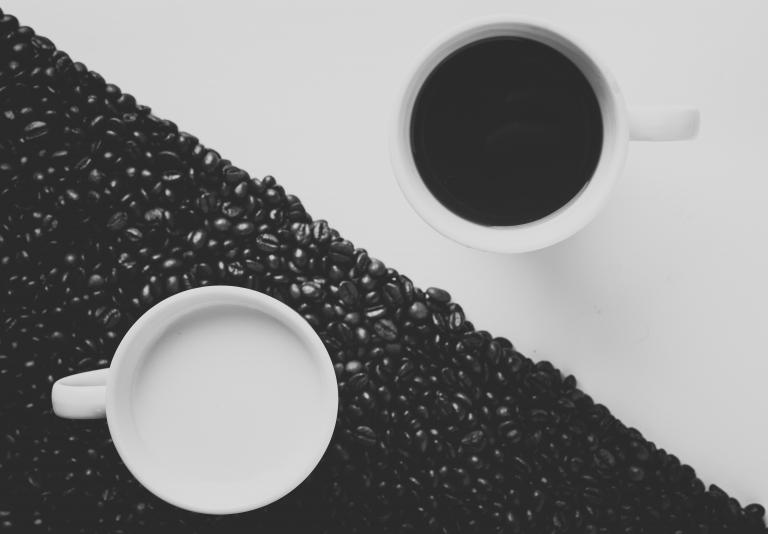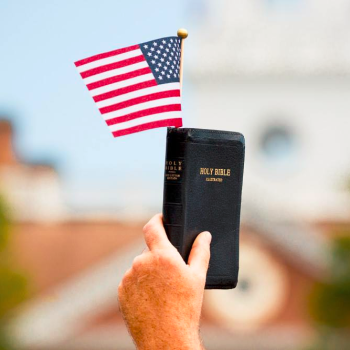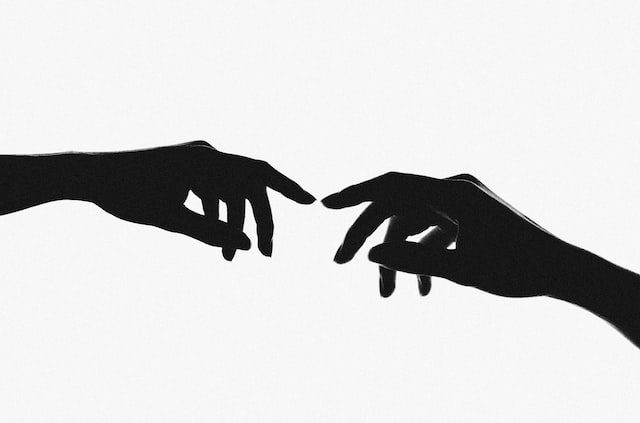
Some would say that I ride fences. Others would say that I fear making a mistake. Still others would reduce me to someone who merely has a weak constitution. That the very idea that I don’t like to pick sides means that I develop an anxiety over having too much choice.
Others would insist that not choosing a side is choosing a side, although I have not quite worked out the math of such an equation. If I offer no response, if I make no choice, doesn’t that mean that I have not provided an answer to the equation? If you present a mathematical equation to me and I don’t provide an answer, is it wrong or is the answer just absent for the time being?
I don’t take sides for many reasons, but none of those reasons has to do with fear of being wrong. More so, the reasons have to do with understanding.
Scrutinize the Self
First, let me assure you, I have second-guessed my own choice to not choose sides with much scrutiny. I too, questioned whether or not it was “just” to not pick a side, initially. Despite my work to understand intentionality, mindfulness, and practicing presence, I wavered on my own decision to pull myself back and reflect on the perspectives I have been offered rather than oppose or embrace them. It’s an insufferable challenge that sure forces me to be patient.
Practicing presence requires a discipline in patience. A virtue lost on most of us at any given moment. We all understand why patience is not only a virtue, but a necessary component of reason— and we all want to be reasonable creatures, presumably. Yet, I fail and I am sure you fail, from time-to-time, in demonstrating the patience that is a prerequisite for understanding. Such is the reason why we fail to understand one another.
But what if riding the fence and opting to gather more information before choosing a side isn’t a sign of weakness, but of fortitude and strength? What if we learned how to hold the tension of opposites before we rushed to judgment? After all, that’s precisely what taking a side requires from us—a judgment, a decision. But, shouldn’t we discern from a place of reason and not from an egoic, compulsory reaction?
Truth
I have written about the influence of Alexander Shaia before. His masterful book, Heart and Mind: The Four-Gospel Journey for Radical Transformation, has been a companion along my journey of transformation. As I continue to work through the Gospel of Mark, Shaia plunges the deep waters of Mark’s storm to uncover and bring to the surface, a truth about the mystery of the Other: there is “truth in each and every perspective.”
We—the collective “we” that follows the path of Christ—miss the mark of this mystery because we struggle with the idea of holding opposites in tension. Not only do we believe this makes us appear indecisive and weak, but we also erroneously worry that if we do this, that this is cognitive dissonance. But consulting the two opposites is not the same as holding them in such a tension that is forces our practice and our preaching to contradict one another. Neither is it a trespass to whichever party, affiliation, or ‘side’ that we align ourselves with.
Tension
As Shaia points out in Heart and Mind, holding the tension of opposites was a practice exercised long before Jesus’s time.
Christianity provides a powerful image of the practice of holding the tension of the opposites. The tradition’s earliest form of the cross was a simple + drawn with four arms of equal length… And it was this shape that was venerated during the years these gospels were composed and served—with rare exception—as the shape of the baptistery into the seventh century.
When we read Jesus’ words “pick up your cross and follow,” it was this shape that was most likely being reinforced by Mark. Its equal arms formed a symbol known from antiquity to represent the joining of all opposites—female and male, heaven and earth, and especially death with life.
Picking up your cross means more than just carrying your burdens, it means to carry the burdensome tensions that we wrestle with, as well. Holding the tension of opposites won’t alleviate suffering altogether, nor will it provide you with an easy “fix-it” plan for, or escape route away from personal accountability. What it does provide is a “deepening and expansion of ‘The Other’.”
The practice advances us on a path to transformation that presents to us the ultimate task of trying “to find the truth in each and every perspective no matter how opposed we feel initially.” The reason we want to try this as a new practice on our path to transformation is to “uncover great interior conflicts.”
As I have written before, the path to transformation involves death to the ego, and when faced with the choice to choose a side, we must be careful. Shaia cautions:
The tendency to choose any side at the expense of its opposite is an ego-defense that serves no purpose except to make us feel better in the moment. The ego-self feels calm after such a choice because it has something definite to latch onto—no uncertainty, no dilemma, no shades of gray, and no anxiety.
Provost Professor at Indiana University, Fritz Breithaupt echoes this sentiment through the work of his book The Dark Sides of Empathy. Breithaupt notes that “perceiving the social world in black and white can lead to “thinking in terms of friend or enemy.” He suggests that “conflicts may emerge not despite but because of empathy. Human beings tend to quickly take sides in conflicts and use empathy to glorify their chosen side while condemning and demonizing the other side.”
Our natural instinct is to side with those who ideals most closely mimic our own. Our natural instinct, after we see something take place—an incident of any variety— is to determine who is the victim and who is the victimizer. Who has been harmed and whose fault is it? We embrace side-taking almost as much as we love scapegoating.
Choosing sides is an extremely harmful tendency, Shaia adds, “almost by definition.”
Human interaction is complex, and if it is to be approached maturely it can almost never be judged with the kind of simplistic exactitude that soothes the ego. Observe your own inner reactions to each perspective and continue to refrain from choosing specific positions.
A daunting task in it and of itself, but Shaia offers hope for this path of transformation:
When we do this, and accompany it with prayer and spiritual practice, an even greater truth will be revealed and that goes still further—an unexpected way that folds the opposites together… our challenge is to patiently endure the tension of opposites…
We do this by “listening intently to all sides, choosing none.” Which, in our insta-society, is a very difficult practice to pursue. Yet, if our aim is toward unity, we must incorporate this way of consideration for the Other.
Transfiguration
As the path of transformation transverses Mark’s stormy sea, Shaia reiterates how we move through suffering with the transfiguration.
The Transfiguration advises us that the nature of unity (trans-figure) is the joining of opposites, and that holiness (wholeness) holds both discipline and compassion. We also need to be mindful that we lack understanding, and that we should wait and learn more before we speak especially about our supposed wisdom.
We utilize compassion—empathy—as a device that aides our decision to choose a side, point the finger in the opposite direction, and to satisfy our ego-self’s feelings. We do this in an effort to reduce conflict, but sometimes it adds to the conflict. Instead, if we are willing to “fold the opposites together”; if we are willing to “find the truth in each and every perspective”; we will see the Other as God sees us—as One.
I submit that if we are willing to hold the tension of the opposites, that means we are willing to see the Other as an actual human being worthy of God’s unsurpassable love. Which means that we have found a common ground—a ground that we can root a new connection in, a connection that would have otherwise not existed, had we made a definitive, initial choice of picking a side.
















